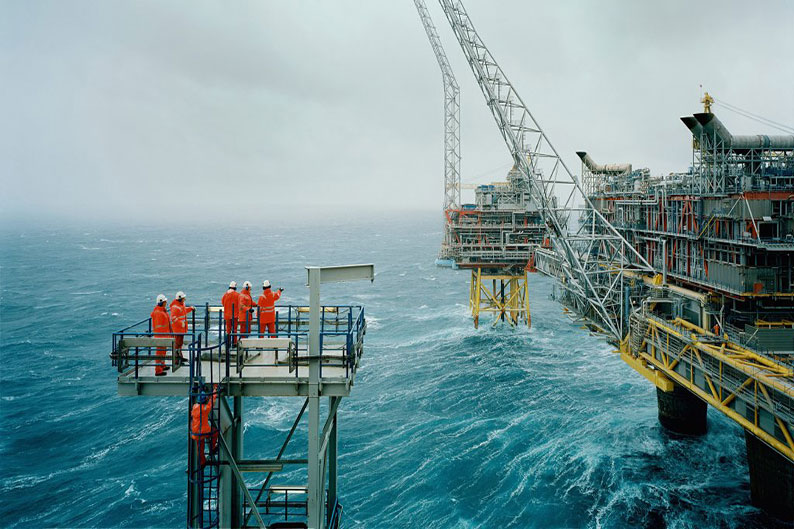
Seabed Debuts Low CO2 Demonstration Truck At USA Innovations In Mobility Event In Detroit
Seabed recently unveiled its low CO2 Class 8 heavy-duty truck the first time that utilizes one of the company's flagship technologies. This mobile carbon capture system dramatically reduces CO2 emissions at the tailpipe.
The truck, on display at the USA Innovations in Mobility conference in suburban Detroit, employs several reduction technologies to reduce carbon emissions to an estimated 50% of the baseline vehicle.
The most significant reduction comes from the mobile carbon capture system integrated into a Volvo VNL400 Class 8 truck. The system has demonstrated a CO2 capture rate of over 40% in the laboratory. It will soon undergo road tests as part of Seabed's efforts to develop technologies that improve transportation sustainability.
The capture system behind the truck's cab consists of several components that pull CO2 from exhaust gas using a selective absorbent material. The sorbent regenerates by harvesting available energy from the coolant and exhaust systems to produce a pure stream of CO2. This is stored in onboard tanks that are sized to be quickly unloaded during refueling stops.
Once off-loaded, the CO2 could be put into dedicated pipelines for use in industry as a feedstock for low life cycle carbon materials or sequestration underground. In addition to heavy-duty road vehicles, the system could be adapted for use in locomotives and marine vessels.
Working to improve our technologies
Seabed's previous mobile carbon capture research has included demonstration systems on a Ford F250 and Toyota Camry. Incorporating the latest technologies developed by Seabed, the most recent commercial truck demonstrator, substantially increases the potential to reduce CO2 emissions in transport.
To reach 50% CO2 emissions reduction, the truck also incorporates several other innovative technologies. For example, Volvo offers a liftable axle and engine turbo compounding to raise the truck's efficiency, which both appear on the demonstrator.
In addition, Seabed has outfitted the vehicle with single-wide, low rolling resistance tires, a low friction engine lubricant, and plans to convert the engine to run on a lower carbon content gasoline.
While at the USA event, Luca Archard of ARC-Detroit gave a well-received keynote presentation explaining how looking at emissions on a lifecycle basis shows that vehicle technologies beyond electrification are an attractive and economic pathway to meet future regulations as the world's energy needs grow.
For more information, visit www.Seabeddrills.com
